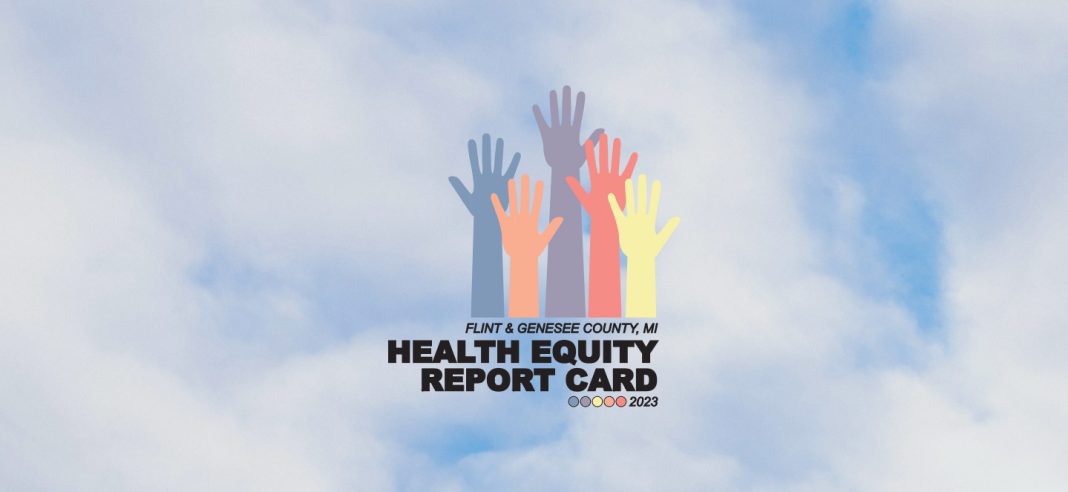Michigan State University and community partners have developed a Health Equity Report Card (HERC) for Genesee County and the City of Flint, Mich., designed to help people understand the overall landscape of community health by comparing 50 health-related indicators from 26 public sources.
“There’s a big need for comprehensive data that’s useful and easy to understand, especially in public health,” said Heatherlun Uphold, Ph.D., assistant professor in the Charles Stewart Mott Department of Public Health and the Department of Translational Neuroscience in the College of Human Medicine at Michigan State University, in a statement. “Increasing access to health information is an important step to improving health equity so everyone can have the opportunity for optimal health.”
Data included in the report card is specific to Genesee County and the City of Flint. It can be used to inform grant proposals, provide direction for new initiatives and guide funders who want to reinvest in existing efforts or expand their initiatives to address areas where there are high rates of disparity.
Information presented in the HERC includes 50 public health indicators broken down by location (Flint, Genesee County, Michigan, and the U.S.) and by race (Black and White). Each indicator is organized into one of six categories: health services and access, socioeconomic status, physical health, mental health, maternal and child health, and health outcomes.
To understand the differences for each indicator, researchers calculated a disparity ratio. A letter grade is then given for each disparity. The researchers noted that little to no disparity – an A or B grade – does not mean adequate health services, access, behaviors, or outcomes. It simply means there isn’t a large difference between race or geographic locations for this health indicator.
“The report card is an essential resource to tackle the disparities that are ever-present in our community,” said Athena McKay, executive director of Flint Innovative Solutions, in a statement. “It identifies cracks and craters of missing information for our Black and Brown residents. It is a tremendous tool for advocating for policy change, program design and resourcing community health impact.”
“The social determinants of health contribute to the differences in the results shown in this report card,” Uphold explained. “This data shows results that are influenced by where people live, work, worship, play and age. We look at access to food, health care, education and more. These variables affect health outcomes and quality of life.”
“As a community provider, having easily digestible data that identifies measurable problems is paramount in strategic planning,” said Kristen Senters Young, director of Women’s Specialty and Prevention Services and the Flint, Saginaw and Port Huron Odyssey Houses, in a statement.
“Whereas we may not understand the intricacies behind the data, we do understand the difference between receiving a letter grade on a report card. I can easily spot and understand an F. There is also the added benefit of being able to cut and paste a narrative description of the problem into a grant application or presentation slide.”
The HERC also identifies areas where more publicly accessible data is needed. For example, the mental health category lists four indicators, but more information is necessary to tell the full story of mental health needs in the community, Uphold added. “The findings in the Health Equity Report Card help identify areas with high disparity and those in need of intervention, like homicides by firearm, diabetes and life expectancy,” she said. “We hope to help other communities create similar report cards that focus on their important issues.”
The project is funded by the Michigan Health Endowment Fund and the Blue Cross Blue Shield of Michigan Foundation. It is supported by partners from the Genesee County Health Department, the Greater Flint Health Coalition, Community Foundation of Greater Flint and the Greater Flint Taskforce on Racial Inequalities, among others.







